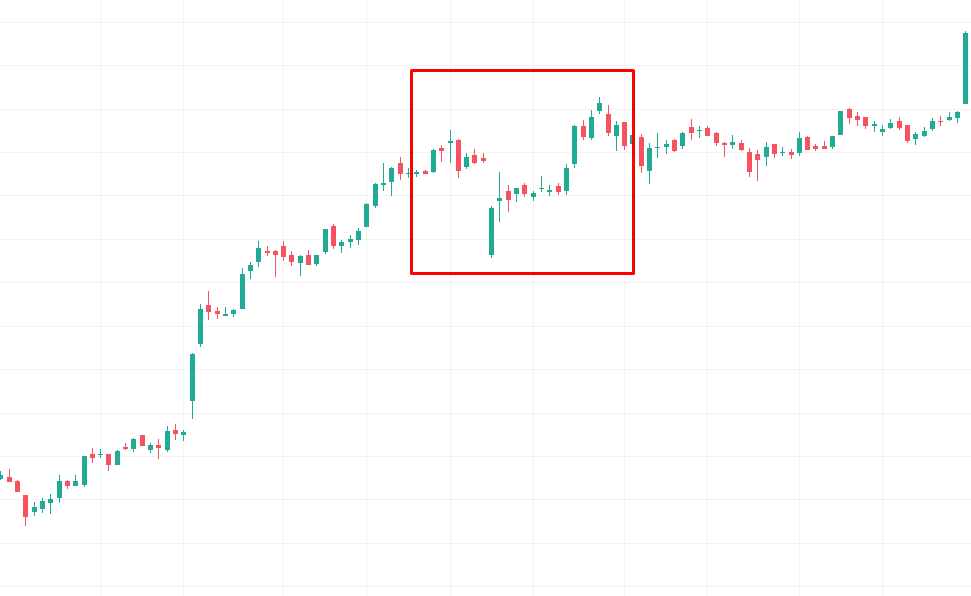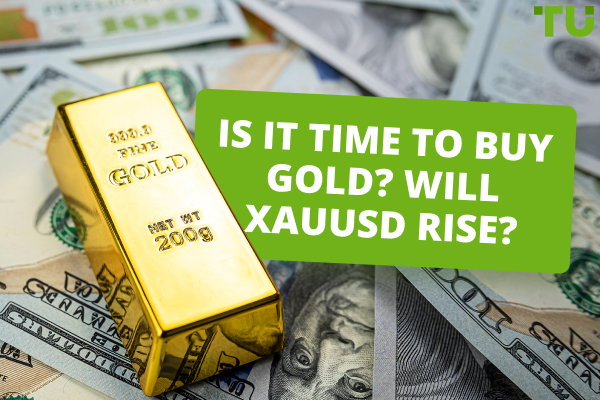How to Make Money On the Dividend Gap
Dividend gap is a price gap in the value of a stock that occurs after the cut-off date. The cut-off date is the last day for the formation of the list of shareholders applying for dividends. Best strategies to trade the dividend gap: opening a short position on the eve of the cut-off date, opening a long position well before the cut-off date and closing the trade after it.
A dividend gap is a drop in the price of a stock by the amount of dividends paid on it. It occurs on the next trading day after the ex-dividend date, which determines who of the stock owners will be eligible to receive dividends.
A dividend gap occurs for two main reasons:
Investors who bought the stocks before the dividend payment sell them after the ex-dividend date to earn a profit. This leads to an increase in the supply of shares on the market and a decrease in their price.
Investors who do not plan to receive dividends do not have an incentive to buy shares before the ex-dividend date. This also leads to a decrease in demand for shares and a decrease in their price.
Impact of a Dividend Gap on Investment Returns. A dividend gap can have a negative impact on the return on investment in dividend-paying stocks. For example, if an investor bought shares of a company for 100 USD, and the dividend amount was 10 USD, then their return on investment would be 10%. However, if on the next day after the ex-dividend date the stock price falls to 90 USD, then the return on investment will be 0%.
Start trading stocks right now with eToro!Dividend Gap in a Trading System
A dividend gap can be accounted for in a trading system in several ways:
Use it as a signal to open a short position. For example, if an investor expects that the dividend gap will lead to a decrease in the stock price, they can open a short position on the next day after the ex-dividend date.
Use it as a signal to close a long position. For example, if an investor does not want to risk losing part of their profit due to the dividend gap, they can close a long position on the next day after the ex-dividend date.
Use it as a signal to wait for the gap to close. For example, if an investor believes that the dividend gap is a temporary phenomenon, they can wait for the gap to close and then open a long position.
Best stock brokers
Ways to Close a Dividend Gap
A dividend gap can close in several ways:
Investors who sold the shares after the ex-dividend date may buy them again. This will lead to an increase in demand for shares and an increase in their price.
Investors who did not plan to receive dividends may start buying shares. This will also lead to an increase in demand for shares and an increase in their price.
The average time to close a dividend gap is from 1 to 3 months. However, in some cases, the gap can close in a shorter or longer period of time.

An example of a dividend gap and its closure on SBER shares on May 10, 2023
How to find out the closing date of the dividend register
The ex-dividend date is the date after which a stockholder will no longer be eligible to receive the next dividend payment. The ex-dividend date is usually set a few days before the record date, which is the date on which the company determines who is eligible to receive the dividend.
You can find the ex-dividend date for a particular stock in a few different ways:
On the company's website. Most companies will list the ex-dividend date in their dividend announcement, which is usually found in the "Investors" or "Dividends" section of the company's website.
From your broker. You can contact your broker or log in to your brokerage account to find the ex-dividend date for a particular stock.
On the website of the stock exchange where the stock is traded. Many stock exchanges have a section on their website where you can find the ex-dividend dates for all stocks that trade on the exchange.
Examples of Using a Dividend Gap in a Trading System
Here are some examples of using a dividend gap in a trading system:
An investor buys shares of a company for 100 USD. The dividend amount is 10 USD. The investor believes that the dividend gap will lead to a decrease in the stock price to 90 USD. They open a short position on the next day after the ex-dividend date. On the next day, the stock price falls to 90 USD, and the investor closes the short position with a profit of 10 USD.
An investor buys shares of a company for 100 USD. The dividend amount is 10 USD. The investor does not want to risk losing part of their profit due to the dividend gap. They close the long position on the next day after the ex-dividend date.
An investor buys shares of a company for 100 USD. The dividend amount is 10 USD. The investor believes that the dividend gap is a temporary phenomenon. They wait for the gap to close and then open a long position. On the next day, the stock price falls to 90 USD, but then starts to grow. After 2 months, the stock price reaches 110 USD, and the investor closes the long position with a profit of 10 USD.
Conclusion
A dividend gap is a phenomenon that must be taken into account when investing in stocks. It can have a negative impact on investment returns, but it can also be used to generate profit.
FAQs
What is a gap in stock trading?
A gap in stock trading is a price discontinuity in a stock's chart, where the price abruptly moves up or down, leaving a gap between the previous closing price and the opening price of the next trading session. Gaps arise when significant news or events occur outside of market hours, causing traders to react immediately, pushing the price higher or lower when trading resumes.
What is the dividend strategy of trading?
A dividend strategy in trading involves investing in stocks that consistently pay dividends, aiming to generate a steady stream of income from these dividend payments. Dividend investors typically focus on companies with a history of dividend stability and growth potential, seeking to balance dividend yield with capital appreciation.
How do you get dividends from trading?
To receive dividends from trading, you must own shares of a company that declares and pays dividends. On the ex-dividend date, which is typically a few days before the record date, you must hold the shares in your brokerage account to be eligible for the dividend payment. The dividend amount is usually distributed per share held.
Can the gap be greater than the amount of dividends?
Yes, the gap in a stock's price can be greater than the amount of dividends being paid. This occurs when the market reacts more strongly to the dividend news than the actual dividend amount, causing a significant price movement. Factors such as investor expectations, company outlook, and overall market sentiment can influence the size of the gap.
Glossary for novice traders
-
1
Broker
A broker is a legal entity or individual that performs as an intermediary when making trades in the financial markets. Private investors cannot trade without a broker, since only brokers can execute trades on the exchanges.
-
2
Dividend gap
Dividend gap is a price gap in the value of a stock that occurs after the cut-off date. The cut-off date is the last day for the formation of the list of shareholders applying for dividends.
-
3
Trading
Trading involves the act of buying and selling financial assets like stocks, currencies, or commodities with the intention of profiting from market price fluctuations. Traders employ various strategies, analysis techniques, and risk management practices to make informed decisions and optimize their chances of success in the financial markets.
-
4
Investor
An investor is an individual, who invests money in an asset with the expectation that its value would appreciate in the future. The asset can be anything, including a bond, debenture, mutual fund, equity, gold, silver, exchange-traded funds (ETFs), and real-estate property.
-
5
Long position
A long position in Forex, represents a positive outlook on the future value of a currency pair. When a trader assumes a long position, they are essentially placing a bet that the base currency in the pair will appreciate in value compared to the quote currency.
Team that worked on the article
Alex Smith is a professional day trader for a proprietary trading firm within the foreign exchange (forex) and crypto markets. His area of expertise is day trading and swing trading within the 15min-4hr time frames for both the London and NY open.
Dr. BJ Johnson is a PhD in English Language and an editor with over 15 years of experience. He earned his degree in English Language in the U.S and the UK. In 2020, Dr. Johnson joined the Traders Union team. Since then, he has created over 100 exclusive articles and edited over 300 articles of other authors.
Mirjan Hipolito is a journalist and news editor at Traders Union. She is an expert crypto writer with five years of experience in the financial markets. Her specialties are daily market news, price predictions, and Initial Coin Offerings (ICO).











